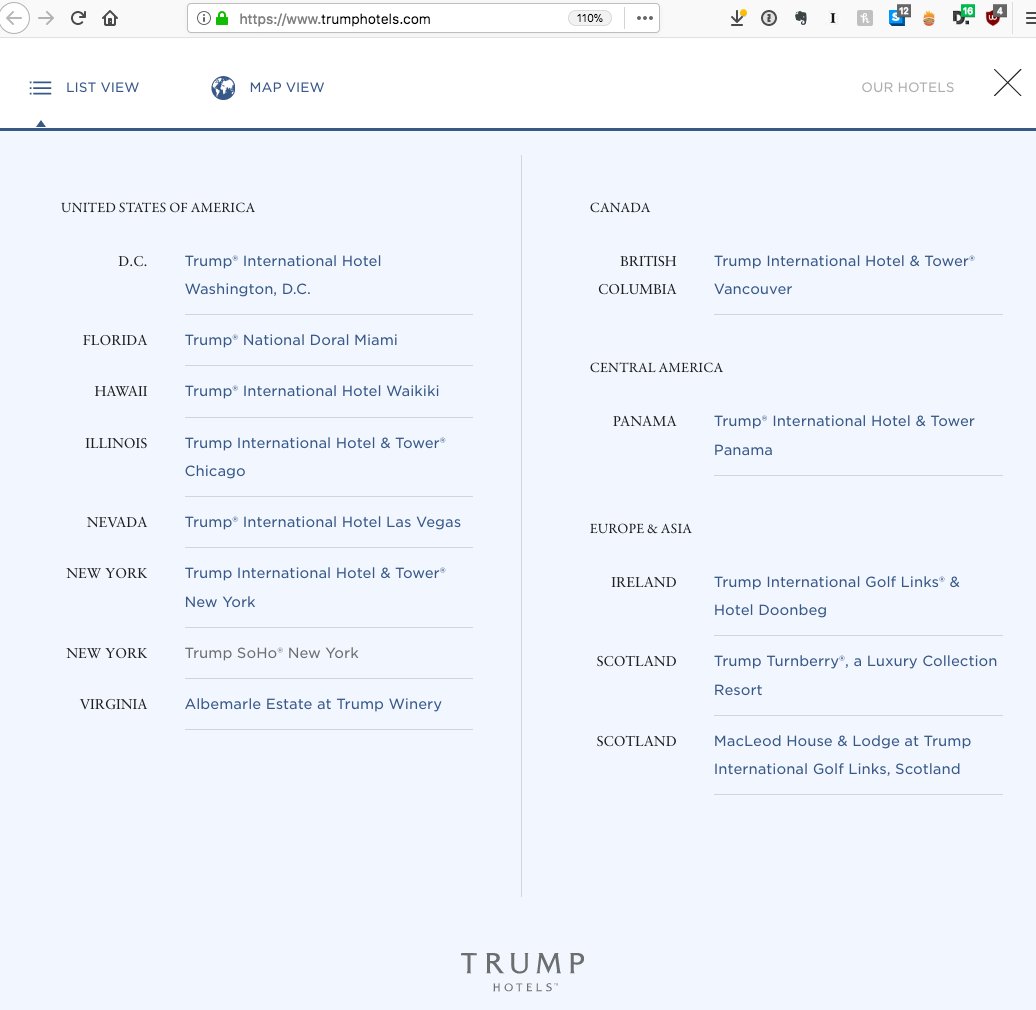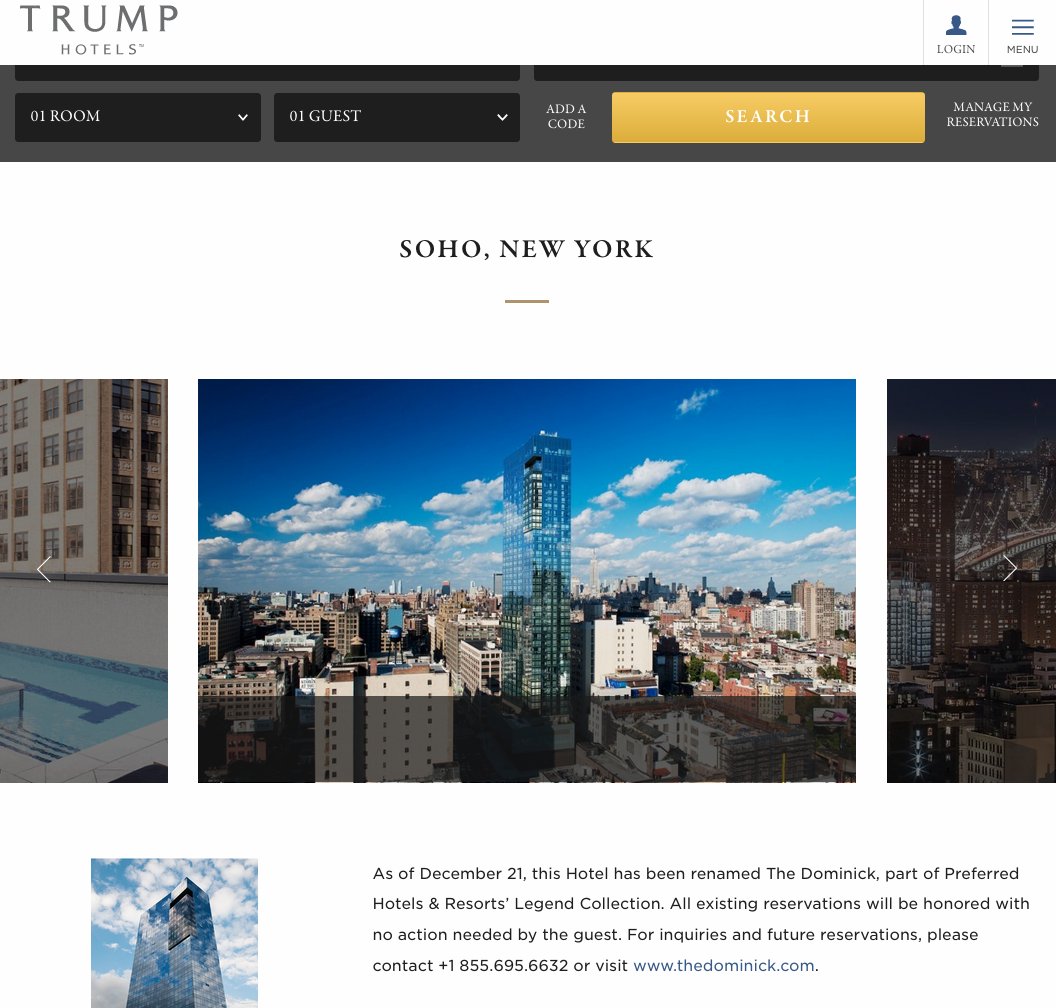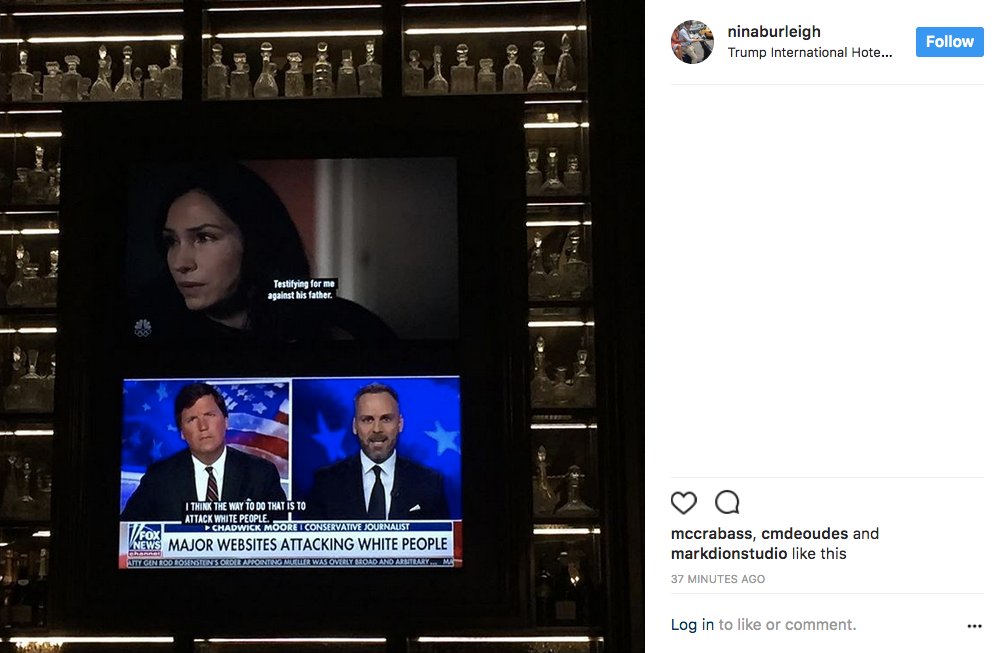Some folks got a bit…riled.
I’m in favor of free trade.
But free trade is something we have not had for a very long time – if ever.
The ultimate goal of President Trump's plan is no tariffs at all.
A re-balancing of our entire trade policy.
But not for the sake of having tariffs.
He is looking to use them as a bargaining chip leading to a more balanced playing field and increased domestic production.
"I look at it two ways: I want to keep prices down, but I also want to make sure that we have a steel industry and aluminum industry."
whitehouse.gov/briefings-stat…
"You may have a higher price or maybe a little bit higher, but you’re going to have jobs."
"In the other case, you may have a lower price, but you’re not going have jobs; it’s going to be made in China and other places."
"To me, jobs are very important."
"Ultimately, what’s going to happen — either we’ll collect the same that they’re collecting, or they’ll end up not charging a tax and we won’t have a tax."
"And that becomes free trade."
themarketswork.com/2018/07/21/pre…
"We are being taken advantage of and I don’t like it. And I haven’t liked it for many years."
"China, $507 billion a year in deficits."
"With the EU $151 billion."
"With Mexico, $120 billion."
"I could go through every country. I could talk about Japan – they’re very good allies, but no wonder they’re good."
"I mean, the deficits, the money they’re making off the United States."
"I would have a higher stock market right now, it’s already up almost 40%, as you know, since the election. It could be 80% if I didn’t want to do this."
"But ultimately, what I’m doing is making it so it’s right."
PRESIDENT TRUMP: This is the time.
But in our unique case - a destination market - they can be effective as a short-term club.
A Trade Surplus means the Value of Exports exceeds the Value of Imports.
A Trade Deficit means the Value of Imports exceeds the Value of Exports.
Country B exports 3 bottles of beer and imports 4 bags of chips.
The price of chips is $2 and the price of beer is $3.
TB = ($2 * 4) – ($3 * 3)
TB = $8 – $9
Trade Balance = -$1
Conversely, Country B is running a Trade Surplus of $1 (Price of Beer * Bottles of Beer – Price of Chips * Bags of Chips).
Notably, the sum of Country A’s Trade Surplus and Country B’s Trade Deficit = $0.
China will be lending $1 to the U.S. in the scenario above.
The U.S. receives $9 worth of beer – plus $8 dollars worth of yuan for the chips sold to China.
China receives $8 worth of chips – plus $9 for the beer sold to the U.S.
The remaining $1 in China’s possession is now a debt of the United States.
China has a $1 promise of future goods or services from the United States.
China will be forced to put these accumulated dollars to work by buying U.S. Treasury Bonds and/or U.S. stocks.
Therefore, China has an inherent motivation to purchase bonds and/or stock as opposed to physical assets.
“foreign investment is the inverse of trade deficits”… “the bigger your deficit, the more foreign investment you get”.
China and the U.S. each get the goods they want – chips for China and beer for the U.S. – presumably at prices cheaper than the items could be manufactured at home.
The country accumulating the debt is only better off if it’s using the proceeds for productive growth purposes.
We operate in a free & open market.
Displaced workers can transition to new, similar-paying jobs over time.
And we have been running a trade deficit since 1976.
Expertise is lost, jobs are outsourced and entire industries can become effectively outsourced to other nations.
Economists’ measures of benefit from trade are, by definition, net measures.
They calculate the increase in benefit to the nation as a whole – not to individuals.
What happens when good-paying manufacturing jobs are “traded” for low-paying service sector jobs.
And are we adequately capturing that cost in our economic assessments.
If a trade deficit is “bad”, why is unemployment so low.
Unemployment provides a directional indicator of our economy’s health but it also masks some measurement flaws.
When people have been forcefully moved from higher paying jobs into service-sector oriented jobs that offer little in the way of advancement or higher income opportunities.
In May 2018, the unemployment rate was 3.8 percent.
The number of unemployed persons was 6.1 million.
bls.gov/news.release/p…
The labor force participation rate was 62.7 percent.
Involuntary part-time workers are those who want full-time employment and are working part time because their hours had been cut back or because they were unable to find a full-time job.
These individuals wanted and were available for work & had looked for a job in the prior 12 months.
They were not counted as unemployed because they had not searched for work in the last 4 weeks.
6.1 million unemployed Americans.
4.9 million involuntary part-time workers.
1.5 million Americans who've temporarily given up looking.
12.5 million Americans looking for full-time employment.
President Trump references 100 million Americans not in the workforce.
This is factually correct – the actual number for January 2018 was 95.6 million.
About half – 46.7 million – are retired.
Another 6.4 million are Social Security beneficiaries who are neither aged nor disabled (i.e. early retirees, young survivors).
The remaining pool of ~13.7 million Americans were care-givers of some nature.
Add to this “retired but willing to work” along with excesses from disability ranks.
We have significantly more flexibility within our employment levels than the stated rate of 3.8% would suggest.
The % of Americans expected to pay no Federal Income tax in 2018 is 45%.
This doesn’t mean 45% of Americans pay no taxes.
Most still pay Social Security & Medicare payroll taxes along with state and local sales taxes.
But it doesn’t equate to anywhere near 45%.
A large portion of Americans are chronically under-employed, working in low-paying service sector jobs, trying to make ends meet.
Some of these folks couldn’t afford a higher education or lacked the opportunities to gain skills required for the white-collar world.
Now, many are relegated to McDonald’s or Starbucks for career paths.
Our unemployment numbers are good.
But there are a lot of folks under-employed & willing to work for higher paying jobs.
I’m arguing for the removal of unfair trade agreements.
I’m arguing for the death of NAFTA.
I’m arguing for the removal of layers of unnecessary regulations.
I’m arguing for an even playing field.
A net economic number fails to adequately tell the underlying story.
There’s the classical economic definition and there’s President Trump’s definition.
We have the most productive workers on earth. It’s time we unleashed them.
They price in all available information.
I'm guessing the markets fully expect these tariff's will be short-lived.
And ultimately job-additive.
"Why didn't you guys solve this already since so easy?" /End
Article version of recent Tariff/Trade Thread.
themarketswork.com/2018/07/25/tar…












